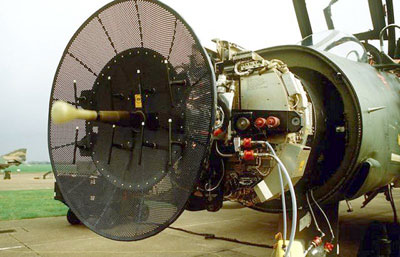Honestly do you believe that?
China has never ever gotten a single Irbis set for their own, all what they have ever gotten is demonstrations and Information by Sukhoi via Su-35, and Tikhomirov NIIP, in Russia at MAKS or in airshow China.
Can China have a very powerful radar, yes they can but airborne on a Flanker, it is unlikely, if you know a bit of History you will notice radars had increased range, but this has been done by increasing engine power, just compare the power available to a MiG-21 and one to an F-15, and the other factor has been more complex arrays than the basic parabolic plate used on early aircraft like MiG-23 or F-4Es or the dipoles arrays used in WWII.
A German fighter like the Me-262 with four dipole arrays and and Jumo 004 can not compare to an F-15 or a F-18 with AESAs with many embedded arrays in the hundreds and better computer power plus much more powerful engines.
But China has no engine on J-16 to power an Irbis, neither China has a time gap in technology of 2 or 3 decades with Russia in radar technology.
But any radar modern or old use the same principle of a dipole Alternating current to generate microwaves, the only difference is the computer power to calculate and thus give better discrimination on the image
This basically shows you than an AESA is no more different to a WWII radar in physics, is the computer power that allows better images, what makes an AESA like an EYE is the hundreds of TR modules that similarly to the cones and rod of an eye and a powerful computer (human brain) will give you a detailed image and better search and tracking capability.
J-16 with Al-31s or even WS-10s will need enough power to get 400 km of range something unlikely using those engines or then will need additional electricity generators to the ones used in regular flankers adding extra weight.

